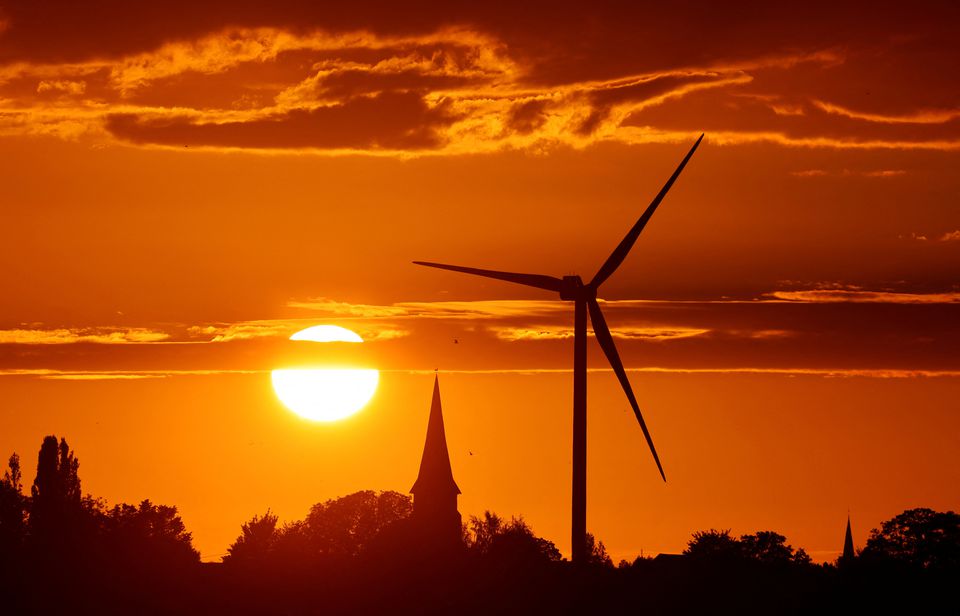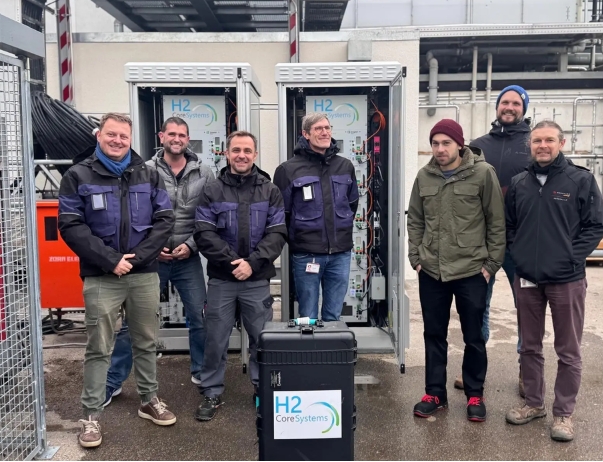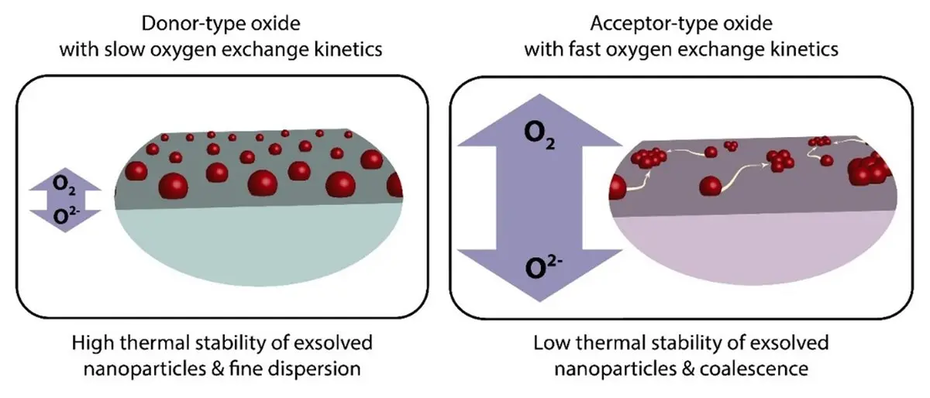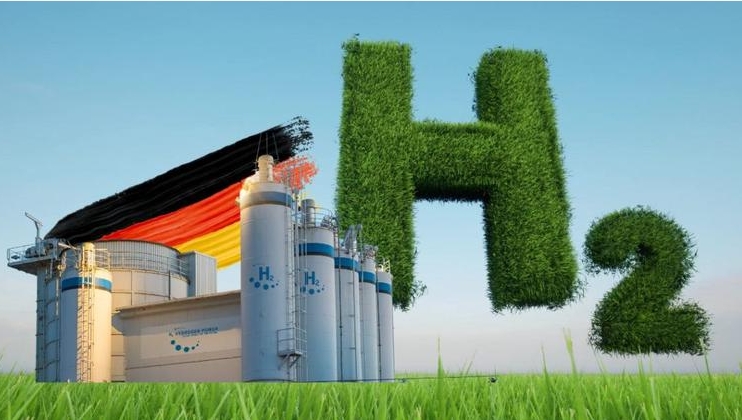
Norwegian state-owned energy firm Statkraft on Tuesday presented its expanded renewables growth strategy out to 2030 seeking to capitalise on stronger European green energy ambitions and lift power generation by up to 50%.
"We have an ambition to lead the green shift in Norway and play a significant role in Europe," chief executive Christian Rynning-Toennesen told Reuters.
More renewable energy is needed to meet net zero targets, cover new power consumption in Norway and strengthen European energy security, with the CEO highlighting the European Union's 210 billion euro REPowerEU plan to end its reliance on Russian fossil fuels by 2027.
Current high power prices have also increased Statkraft's investment capacity, although Rynning-Toennesen was reluctant to name a specific annual investment target.
Statkraft now plans for 4 gigawatt (GW) of annual onshore wind, solar and battery storage growth, up from a 2.5-3 GW target in 2025, the end of its previous strategic planning horizon.
"We have a good project backing until 2025 and after that we are dependent on getting access to more projects," Rynning-Toennesen said.
Combined with plans for major Norwegian hydropower upgrades and ambitions to build offshore wind farms in Norway and Ireland at industrial scale, this could see Statkraft's annual power generation rise by up to 50% from today to around 100 terawatt hours (TWh) by the end of the decade, it said.
As part of its plans, Statkraft will also change its corporate structure into geographical business areas for Nordic, Europe and International markets and add a New Energy Solutions unit covering new technologies including hydrogen.
By 2030, Statkraft eyes production capacity for 2 GW of renewables-derived hydrogen, predominantly in Norway and Sweden.







